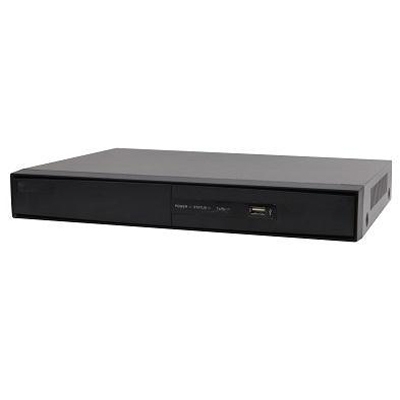By adopting design techniques widely used in consumer electronics, ULIS will make IR technology more accessible to new entrants to the thermal camera market. According to a ULIS market survey, demand for uncooled IR sensors (microbolometers) are expected to grow from 300K units in 2011 (where the military market represents 37 per cent) to 3.8M units in 2020.
“ULIS has made sure that Pico384E responds to the demands of thermal camera manufacturers, making IR sensors easier to handle and integrate,” said Jean–Luc Tissot, Technical Director at ULIS. “By adopting design techniques widely used in the consumer electronics industry, ULIS is reducing the complexity of IR sensors and making high performance IR technology more accessible and affordable. Bringing simplicity to IR technology will create more opportunities for IR applications in existing and emerging markets. We are pleased to be among the leaders in this trend.”
Pico384E, a 17-micron pixel pitch uncooled IR sensor, is suitable for compact IR cameras used in high-end military and professional applications that require high thermal sensitivity. High sensitivity lets users perceive smaller objects at longer distances. Applications include long-range surveillance, Thermal Weapon Sights (TWS), ground vehicle situation awareness, handheld goggles and IR capability to UAV (Unmanned Aerial Vehicle).
“Battery life-time of portable IR systems is very important to a variety of our customers. ULIS’ engineers have managed to achieve halving the power consumption - from 110mW for a 384x288/25-micron microbolometer to less than 60mW for Pico384E (analogue output, 50Hz frame rate),” added Tissot.
With an I2C bus speed, Pico384E operates up to 400kHz as defined in the I2C specification. It has a NETD (Noise-Equivalent Temperature Difference), an important parameter for evaluating image quality, in the range of 40mK, and a thermal time constant under 10ms. This gives the IR sensor a good factor of merit score of in the range of 400mK.ms.
ULIS will demonstrate the Pico384E at SPIE DSS in Baltimore, April 24 – 26 at stand 1711























